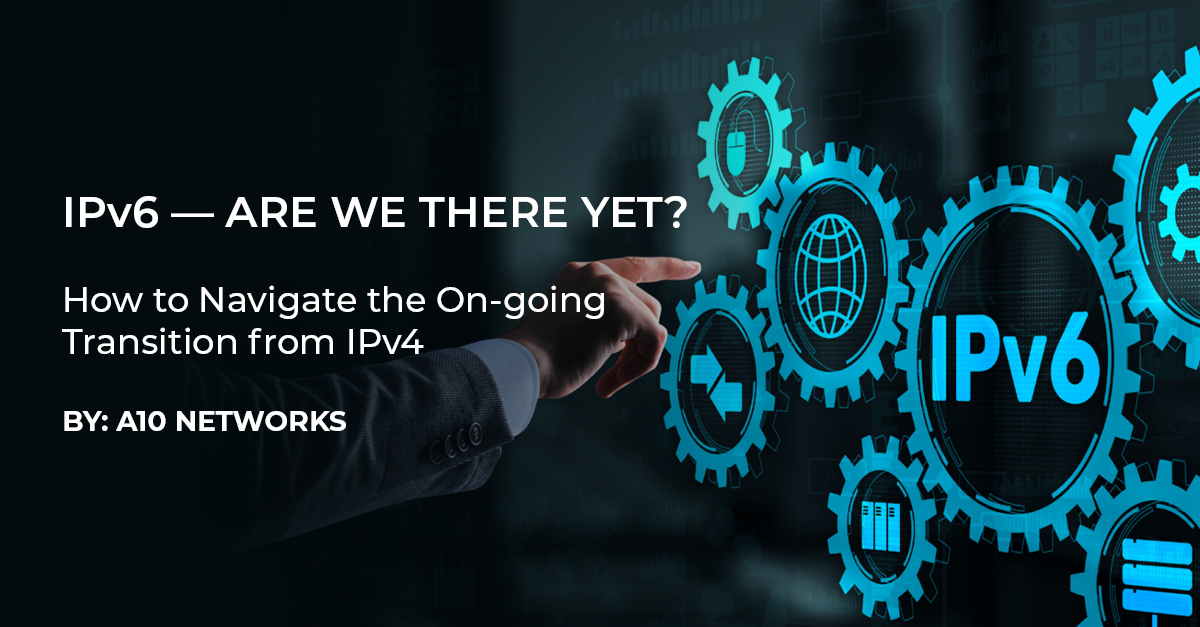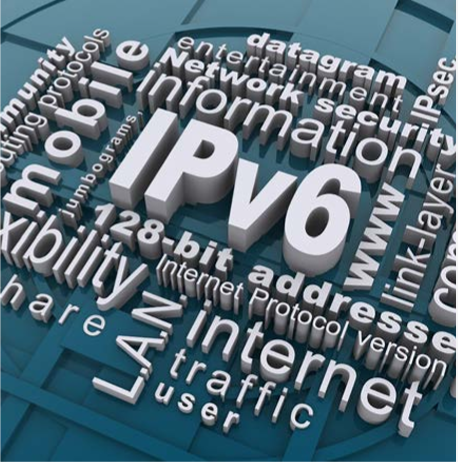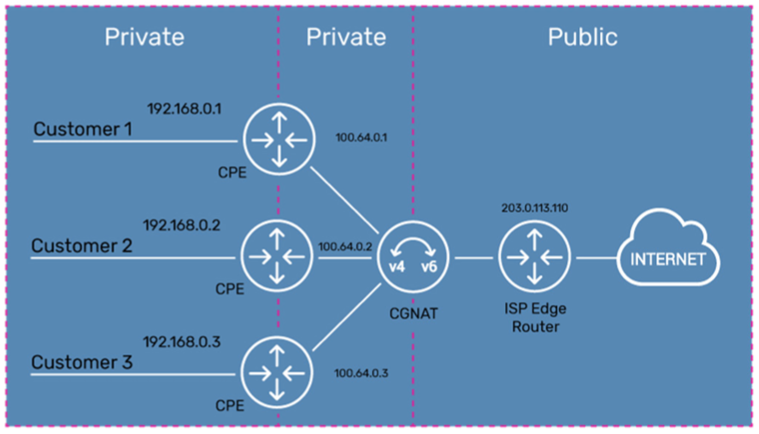
Regional internet service providers (ISPs) including, wireless and wireline/FTTH operators, electric cooperatives and municipalities have long played a vital role in supplying critical power and connectivity to rural and remote communities. Today, 260 telephone and 834 electric cooperatives serve much of rural America1, which includes just 14 percent of the population, but 72 percent of the land area.2 Now these diverse regional ISPs are poised to play a crucial role in connecting the remaining unserved communities and some 23-42 million homes.
 This is a unique opportunity to do far more than just enable unserved communities to catch up to the high-speed broadband taken for granted in densely populated urban areas. By fully leveraging new government funding, increased public interest, and recent digital adoption gains, regional ISPs can help these communities leap ahead in digital adoption, providing them with new capabilities that are absent in high-tech urban areas with older infrastructure.
This is a unique opportunity to do far more than just enable unserved communities to catch up to the high-speed broadband taken for granted in densely populated urban areas. By fully leveraging new government funding, increased public interest, and recent digital adoption gains, regional ISPs can help these communities leap ahead in digital adoption, providing them with new capabilities that are absent in high-tech urban areas with older infrastructure.
Digital divide programs like the FCC’s Rural Development Opportunity Fund (RDOF), Emergency Broadband Benefit Program, Connect America Fund, and the USDA’s ReConnect, and more recently the Infrastructure Investment and Jobs Act have made billions of dollars available to help bridge the digital divide. Regional ISPs now have a wealth of opportunities to add subs, build out to new areas, and grow their business. First, though, they’ll need to address the challenges posed by IPv4 exhaustion—and its impact on the cost of new subscriber IP addresses.
Leaping ahead will require a focus on the network end-do-end – not just on the critical last-mile access –but also to the supporting core network technologies and systems that strengthen the overall digital resiliency and security of their network, while meeting rising subscriber expectations. A more comprehensive approach will result in new subscribers served by a network that is fully carriergrade, end-to-end.
One critical core technology that regional ISPs often initially overlook is carrier grade networking – the technology that manages scarce IPv4 addresses and provides a path to IPv6 adoption.
What’s Happening to IPv4?
Every internet-connected home or business requires an IP address. IPv4 addresses, using the original addressing scheme protocol, were fully allocated by the regional IRRs years ago. IPv6, the replacement protocol, provides near limitless address space, but has faced uneven adoption and operational roadblocks. Today, despite 20 years of heavy industry promotion, IPv6 has still not fully replaced IPv4. About two-thirds of subscriber internet sessions and 80 percent of websites are IPv4 only and do not support IPv6.3 In addition, many applications, security devices and other network equipment do not fully support IPv6.
For regional service providers, who must provide connectivity for everyone to everywhere, that means they must support both protocols in their networks for years to come.
IPv4 addresses have become a scarce resource and as a result, the price through private brokers has skyrocketed up to $60 each earlier this year. Large hyperscalers such as AWS, Tencent, Alibaba and others are buying up IPv4 addresses through brokers to create competitive advantage and ensure that their enterprise users of their cloud services always have adequate IPv4 options. AWS, for example, is estimated to control over 100M IPv4 addresses. Organizations, including universities, large corporations, tier one mobile and fixed network operators, and regional service providers, are “selling” their excess IPv4 addresses at market price and using the funds for other infrastructure projects.
The ISP IPv4 Dilemma – Should I stay, or should I go?
The regional ISPs that received an original allocation of “free” IPv4 addresses from ARIN years ago, have built their initial network using IPv4, simply dedicating a public IP to every subscriber/ household served or by using basic NAT to direct IPv6 traffic. Now facing significant subscriber growth through new buildouts, they must make a technology decision to either acquire additional IPv4 addresses at significant cost (but preserving the existing network architecture) or make other fundamental changes in the network architecture to include carrier grade NAT (CGNAT), IPv4-IPv6 transition, and other needed upgrades.
The alternative to IPv4 exhaustion and acquiring more IPv4 addresses is, of course, to use the newer standard, IPv6. IPv4 exhaustion has been an industry topic for over 20 years. Tier 1 service providers that have already addressed the technical complexities through a combination of CGNAT, dual-stack and IPv4-IPv6 transition strategies. However, for smaller ISPs with limited budget, resources and no prior opportunity for significant subscriber growth, the influx of significant government funding may be the first opportunity they have had to reassess and upgrade their core network, including the capacity of their existing IPv4 address pools and a plan to eventually transition to IPv6.
 Often smaller organizations simply cannot justify the near-term cost and disruption that a full network change-out for IPv6 migration will entail. Full IPv6 adoption is costly and time consuming. The IT admin must inventory all connected devices and change out or reconfigure them. There is a risk that a needed device or application will not work and will cause service disruption that will take time to troubleshoot and fix. Older customer equipment may not be compatible with IPv6, and the replacement cost is too high. Balanced against the daily operational demands they face, as well as the need to move forward on strategic initiatives like 5G, cloud, virtualization, edge cloud, and others, administrators may need to delay IPv6 conversion in the short term.
Often smaller organizations simply cannot justify the near-term cost and disruption that a full network change-out for IPv6 migration will entail. Full IPv6 adoption is costly and time consuming. The IT admin must inventory all connected devices and change out or reconfigure them. There is a risk that a needed device or application will not work and will cause service disruption that will take time to troubleshoot and fix. Older customer equipment may not be compatible with IPv6, and the replacement cost is too high. Balanced against the daily operational demands they face, as well as the need to move forward on strategic initiatives like 5G, cloud, virtualization, edge cloud, and others, administrators may need to delay IPv6 conversion in the short term.
A robust carrier grade networking technology, such as offered by A10 networks can provide an interim solution, by both preserving the limited IPv4 address pools and providing a smooth transition mechanism to IPv6.
What is CGNAT?
Carrier grade NAT (CGNAT), a standard for network address translation (NAT), makes it possible to extend the life of existing IPv4 addresses to support additional subscribers.
While standard NAT translates a private IPv4 address to public IPv4 address, Carrier Grade NAT (CGNAT) adds an additional translation layer. This allows ISPs to preserve their own public IPv4 addresses, process subscriber traffic through the service provider’s private IPv4 network and support subscribers or businesses that also have their own private IPv4 networks, and multiple locations or devices. Typically, service providers use Carrier Grade NAT (CGNAT) in a NAT 444 scenario, which translates:
- (Customer) Private IPv4 to (ISP) Private IPv4 network address
- (ISP) Private IPv4 network address to (ISP) Public IPv4 network address, for connection to the internet
The result of a NAT444 (private to private to public) deployment is that it allows multiple customer networks with their own internal network address space to route through the ISP’s internal network address space and share the ISPs single public Internet IPv4 address for access to the Internet. In a residential scenario, NAT444 allows a home router to support multiple home devices and for the ISP to
support multiple home devices or subscribers with a single IP address.
With CGNAT, a single IPv4 address can support multiple endpoints (subscribers/homes). The most common oversubscription ratio is 64:1 for wireline operators but can be even higher. Thus, a single /24 (256 IPv4 addresses) can support 16,384 subscribers or more. If an ISP should decide to “sell” their excess IPv4 addresses, at the peak price of $60 each, one unused /24 block could bring in over $15,000 (minus broker fees). Market prices for IPv4 address vary by region, by block size and other market conditions.
 In 2021, the open market “price” of an IPv4 address in a 256-address block (/24) in North America, jumped from a low of $25 each in January to a high of $60 in late November. The price in the first four months of 2022 has hovered between $50 – $55. What would be the expected price for an ISP looking to acquire more IPv4 addresses to sustain growth in the next few years? Will that high growth in price continue for the next five years or has it now “topped out” and will increase only marginally.
In 2021, the open market “price” of an IPv4 address in a 256-address block (/24) in North America, jumped from a low of $25 each in January to a high of $60 in late November. The price in the first four months of 2022 has hovered between $50 – $55. What would be the expected price for an ISP looking to acquire more IPv4 addresses to sustain growth in the next few years? Will that high growth in price continue for the next five years or has it now “topped out” and will increase only marginally.
Using CGNAT, regional ISPs can capture new opportunities for growth—while simultaneously positioning their business for IPv6 migration when the time is right. This topic is explored in depth in the eBook, “IPv6 – Are We There Yet? How to Co-exist with IPv4 and IPv6 using CGNAT.”
IPv4-IPv6 Transition Technologies
The IETF introduced IPv6 as a draft standard in December 1998 to solve the IPv4 exhaustion problem and fully ratified it in July 2017. Since its introduction, globally IPv6 adoption has progressively increased across devices, service provider networks, and content providers, but with quite a bit of geographic differences by country.
However, there are still large numbers of websites, devices and networks that are primarily IPv4 and most service providers, education institutions and enterprise must support connectivity between both IPv4 and IPv6 for their users and subscribers, even when their own networks have been fully migrated to IPv6. As a result of this hybrid environment, technologies have emerged that help this transition process and enables connectivity between IPv4 and IPv6 devices, networks, and Internet destinations. These technologies either translate between IPv4 and IPv6 addresses or encapsulate traffic to enable passage through the incompatible network. These technologies include:
- NAT64, DNS64
- DS-Lite
- 464XLAT
- Lw4o6, MAP-T, MAP-E
- 6rd
These address and protocol translation techniques available allow a subscriber to transparently access content regardless of the protocol stack their device is using, the provider’s access and core network support for IPv4/IPv6, and the destination server support. Tunneling techniques, such as DS-Lite, encapsulate IPv4 packets over an IPv6 access network, while IPv6 Rapid Deployment (6rd) encapsulates IPv6 packets over an IPv4 access network. Native protocol translation techniques, such as NAT64 or NAT46, translate between the protocol stacks at a gateway within the provider’s network when the subscriber and provider networks natively support either IPv4 or IPv6.
 IPv4 and IPv6 will Co-exist for Years Globally, IPv6 adoption will not be achieved overnight. To provide a complete IPv6 service, each link in the chain must be running IPv6, from the end user to the carrier to the content provider. Realistically, not all three of these links in the IPv6
IPv4 and IPv6 will Co-exist for Years Globally, IPv6 adoption will not be achieved overnight. To provide a complete IPv6 service, each link in the chain must be running IPv6, from the end user to the carrier to the content provider. Realistically, not all three of these links in the IPv6
chain will transition to IPv6 at the same time. IPv6 will likely never reach 100 percent adoption. Therefore, most organizations, including communications service providers of all technologies and sizes, will need to support both IPv4 and IPv6 for traffic and subscribers for a long time.
Service providers will need to address upfront the challenges posed by IPv4 exhaustion, IPv6 adoption and IPv6 migration, and its impact on the cost for addition of new subscribers. Service providers need to implement CGNAT wisely — addressing the immediate challenge of IPv4 exhaustion while making plans for an eventual transition to IPv6.
This article was kindly contributed by: Terry Young, Director of Service Provider Networks, A10 Networks
